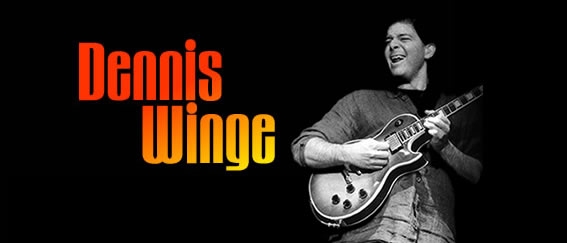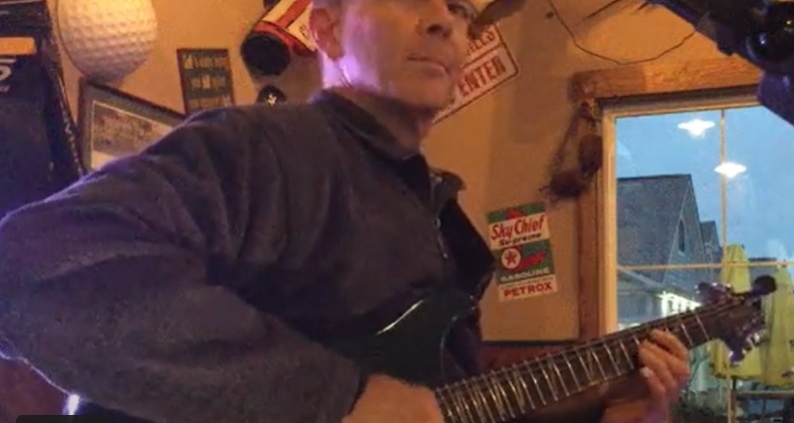Keeping the Groove in Solo Latin Jazz Performances
Reflecting on Growth Through Past Challenges
Last summer, I played at an open mic in Southport, NC, and walked away feeling like I had been through a battle. The challenge of performing solo Latin Jazz, a genre typically played in ensembles, left me feeling exposed. The rhythms were complex, the engagement was difficult, and I felt disconnected from the audience. That experience forced me to take a step back and reevaluate how I approach solo performances. Fast forward to this latest open mic, and I’m thrilled to say the experience was completely different.
This time, I played three Latin Jazz pieces: There Is No Greater Love as a salsa, Nostalgia in Times Square as a bachata, and Pa’lla Voy by Marc Anthony. The difference? I felt relaxed, in control, and fully in sync with the groove. The improvements didn’t happen by chance—I made some key changes that transformed my experience.
The Power of Talking to the Audience
One of the biggest differences was my approach to audience interaction. Before I played a single note, I spoke to them. I told them I was recording a Latin Jazz album next month and that I had been practicing the “you know what” out of these songs. I told them I was going to “subject” them to my set. This lighthearted introduction immediately made me feel connected to the audience, taking some pressure off the music itself to do all the talking.
Music is the real communication—words can’t truly convey what a note can—but verbal engagement made me feel more at ease. It humanized the performance, invited the audience into my world, and allowed me to feel like I was sharing something rather than proving something.
The Psychological Shift
Beyond the external adjustments, I made a major psychological shift. Instead of diving in and hoping for the best, I took a few seconds before playing to internalize the groove. I heard the melody at the right tempo in my head, felt the clave, and absorbed the subdivisions before playing a single note. That moment of stillness set the tone for the entire performance.
Setlist Strategy and Its Impact
Another key adjustment was how I structured my setlist:
- Start with an easy tune – This allowed me to ease into the performance with confidence.
- Take a risk in the middle – The second tune was the most challenging, but by placing it in the middle, I knew I had already built some momentum.
- End with the strongest tune – This ensured I left a lasting impression.
This strategy not only made the set flow better but also gave me the confidence to push myself without fear of crashing and burning.
Foot-Tapping as an Anchor for Groove
Keeping my foot going throughout the performance was another game-changer. In a genre like Latin Jazz, where rhythmic precision is crucial, having a physical anchor kept me grounded. It helped me internalize the time-feel and prevented me from rushing, a mistake I had made in previous performances.
The Hal Galper Concept: Thinking in Half-Time
A major breakthrough came from adopting jazz pianist Hal Galper’s advice: “Anyone can play a ballad.” I thought in half-time, treating four quarter notes as taking two full bars to play. This perspective shift helped me relax into the groove. At the same time, I felt the 8th-note subdivisions as what would be 16th notes to the half-time pulse. This combination created a strong rhythmic foundation while keeping me relaxed.
Lessons from Playing with masters
After my performance, I reflected on a video of me playing Doxy with seasoned saxophonist. When we played lines together, I noticed I had a tendency to rush slightly ahead of him. He was deeply entrenched in the groove, while I was still working on letting go and settling into it. This is something I will continue to refine, but it was encouraging to see that I’m becoming more aware of it.
Audience Response and New Connections
This time, the audience felt what I was playing. After my set, several musicians shook my hand and said, “Why’d you have to set the bar so high?” The comment was meant in a friendly way, acknowledging that I had set a strong precedent as the first performer of the night.
Incidentally, I believe signing up to go first at an open mic is a great strategy. It doesn’t give you time to get nervous, and it ensures that both your ears and the audience’s ears are fresh.
I also made a connection with the host of the open mic, got his name and number, and even discovered that they had uploaded a video of my first tune to YouTube (EDIT: but it’s no longer available). These little moments of networking and visibility add up and reinforce why playing out is so valuable.
Smiling Through Mistakes
Another thing I did differently was my response to mistakes. Instead of reacting negatively, I smiled when I hit a wrong note. Mistakes are part of improvisation—they are nothing to fear or shun. A negative reaction can pull you out of the groove, whereas acknowledging it with a smile keeps the momentum going.
I also made a conscious effort to make eye contact with the audience. This simple act helped me stay present, rather than getting stuck in my head and obsessing over small imperfections. When I locked eyes with someone and smiled, it created a human connection that transcended any minor mistakes in my playing.
Celebrating Progress While Staying Humble
This open mic experience was a huge step forward for me. I felt in control of the time-feel, engaged with the audience, and confident in my playing. But I also recognize that there’s still work to do. Playing with musicians like John Viavatine reminds me that groove is something you can always refine.
Looking ahead to my upcoming Latin Jazz album, I feel a renewed sense of confidence. I know that my preparation, mindset, and experience from this performance will carry over into the studio. This open mic reinforced that music is a journey, and every performance—good or bad—provides valuable lessons.
If you struggle with time-feel, performance anxiety, or audience engagement, I encourage you to try some of the strategies that helped me:
- Talk to the audience before playing.
- Take a moment to absorb the groove before starting.
- Structure your setlist intentionally.
- Keep your foot going for rhythmic grounding.
- Think in half-time for relaxation.
- Smile through mistakes and make eye contact with the audience.
Most importantly, keep playing. Every experience, whether challenging or triumphant, is an opportunity for growth.
If you’re planning an event and looking for live music, book a free music consultation with me or reach out through my contact page. Let’s create an unforgettable musical experience together!



